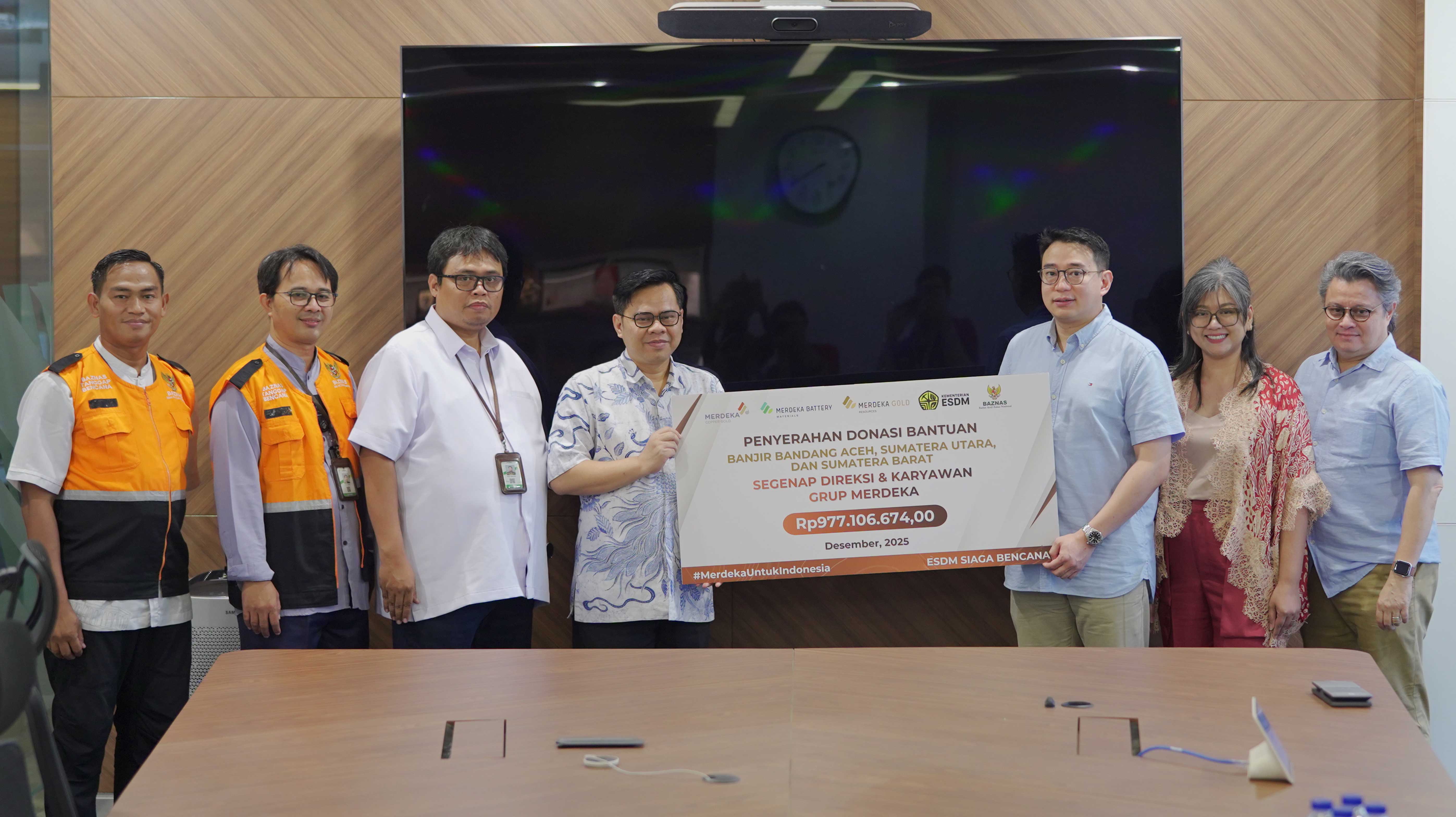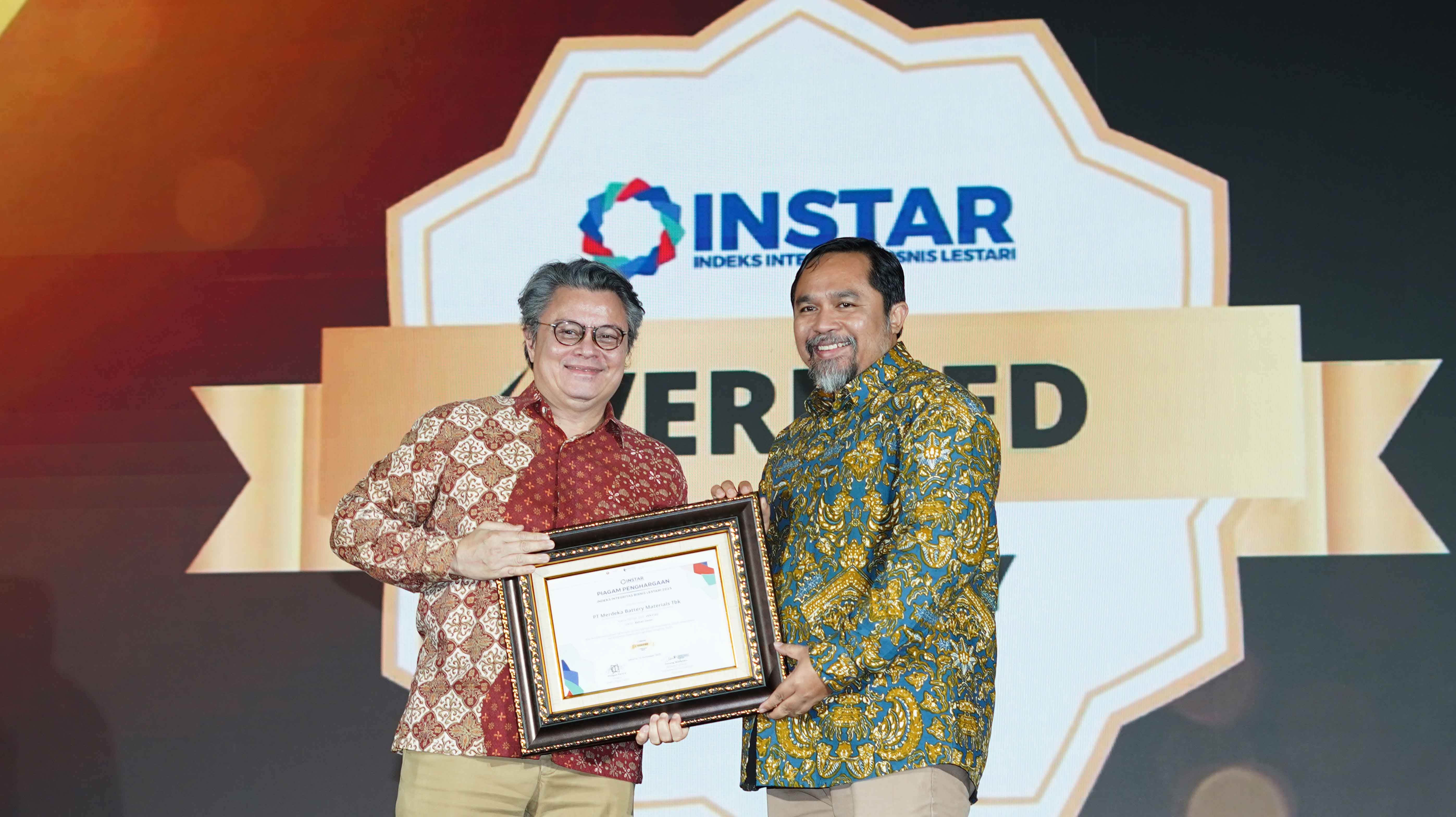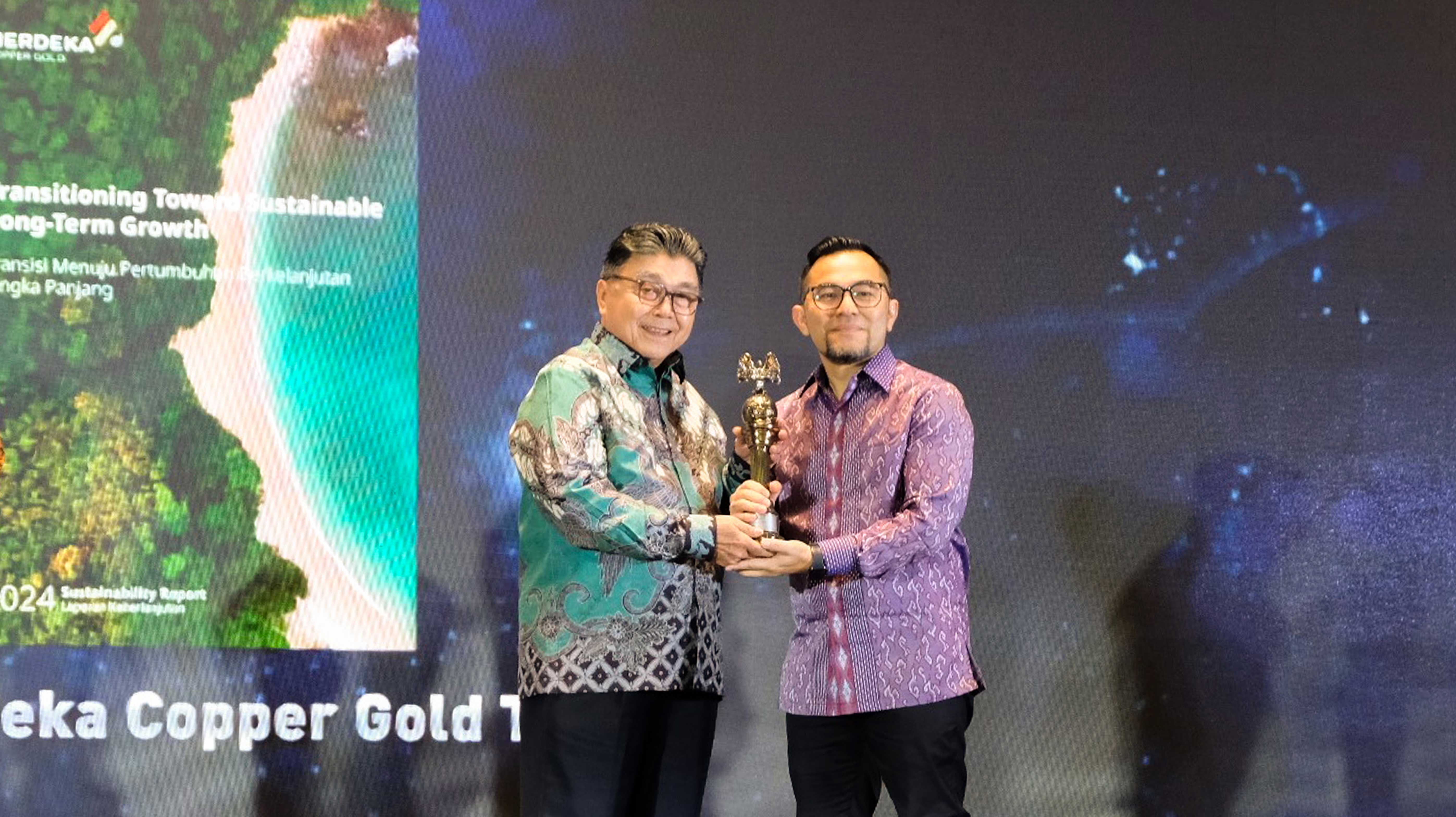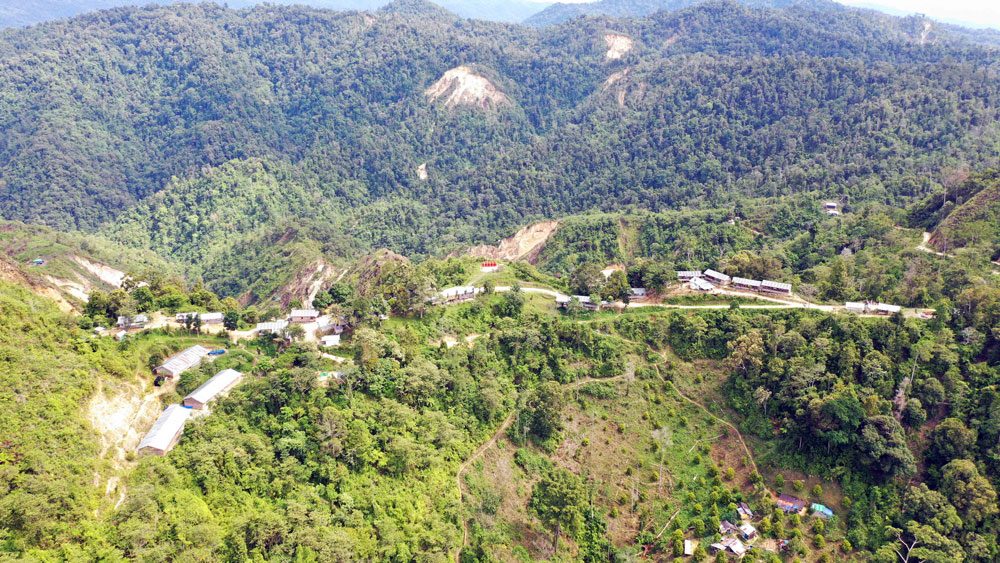
Merdeka’s Potential and Growth
Currently, Merdeka has chosen to take over a mining operation with good potential. The next success is determined, among others, by the best people.
Camp Baganite looked deserted that day. For the last half-year, the camp, which is located on the back of Mount Pani, Gorontalo, has only been inhabited by four people, whose duties include maintaining the generator, managing water, and cooking. The pandemic left the camps under the Pani Gold Project practically empty. Initially, there was quite a lot of activity in the camp, which is about 30 kilometers north of Marisa City, the capital of Pohuwato Regency. There are about fifty employees who work there every shift, starting with ore, mapping, the environment, to logistics.
After the camp was closed, the activities of the employees changed. Technical personnel such as geologists, for example, are seconded to other sites belonging to the Merdeka Group in Banyuwangi and Wetar. Those who still survive change functions, who were originally medical personnel, for example, take care of the administration at Marisa’s office—which still employs ten people.
The pandemic is not the sole reason for reduced activity at Baganite. The lack of completion of the Merdeka negotiations with J Resources Asia Pacific Tbk (PSAB) until the third quarter of 2021 made the Pani Joint Venture unable to proceed according to the original plan. Previously, Merdeka had intended to work on the Pani IUP which contains mineral resources of 89.5 million tons at a gold grade of 0.82 g/t for 2.37 million ounces of gold separately. Similarly, PSAB through its subsidiary, Gorontalo Sejahtera Mining (GSM), also wants to separately develop the Pani Project which contains mineral resources of over 72.7 million tonnes at a gold grade of 0.98 g/t for 2.3 million ounces of gold. at a nearby location. On paper, the merging of the two projects will benefit both parties, the mineral reserves will be larger because there are no pit wall maintenance constraints. Unfortunately, the negotiations did not go smoothly and even had to continue until arbitration in Singapore.
The bright spot of change in early October 2021 began to occur when GSM was purchased by Andalan Bersama Investama, a subsidiary of Provident Indonesia—which among other things was owned by important shareholders in the Merdeka Group. With this latest situation, Merdeka Group can carry out a more comprehensive plan that can optimize results.
In Baganite, the change will arrive after the switch. The plan, there will be several new activities. It is estimated that 200 people will work in this camp for the initial stage. In other words, Baganite squirmed again.
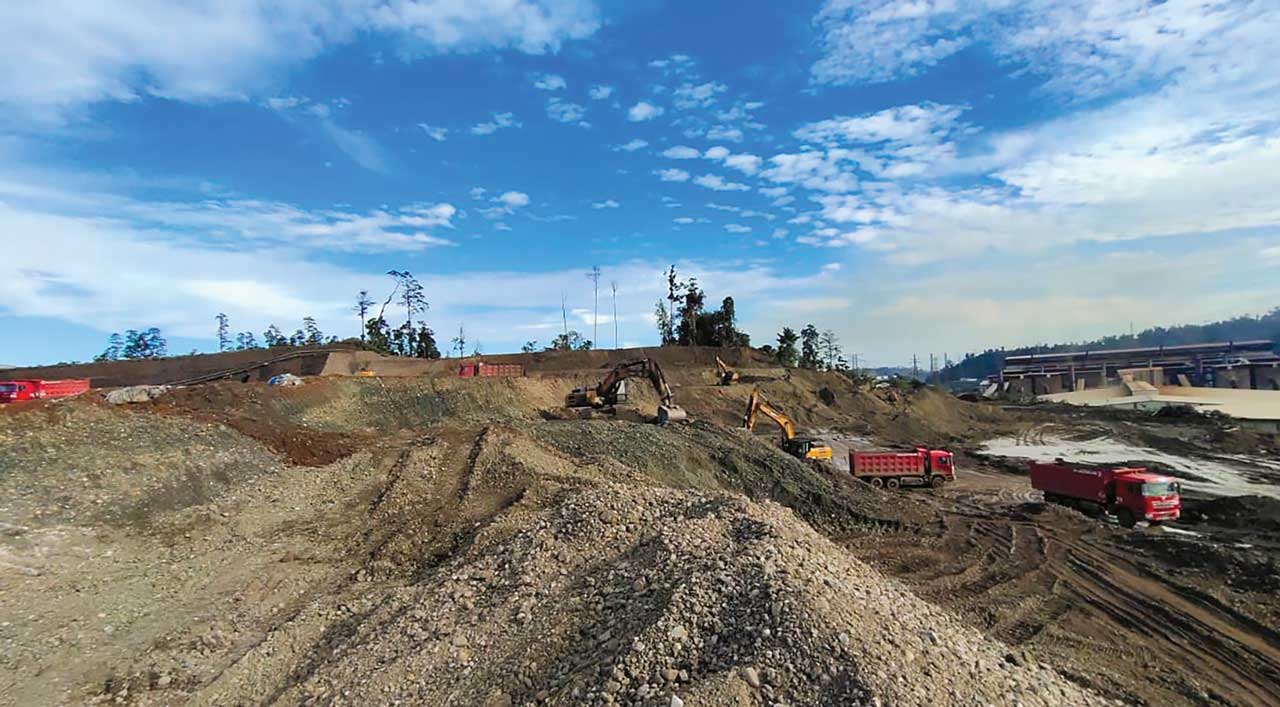
Merdeka Group President Director Albert Saputro said that the company is always open and looking for new potential. For the Tujuh Bukit Gold Operation, for example, Merdeka took over the ownership of the Tujuh Bukit mine from a company that had previously explored but could not continue development. Likewise, with the Wetar Copper Operation, which was originally a gold mine—the previous company was not interested in developing its copper potential in it. Merdeka then entered the island in Southwest Maluku and carried out the Wetar Copper Operation, then extended its mining life by making the AIM (Acid, Iron, Metal) project. This step was taken because many mineral residues can still be developed to have added value, one of which is pyrite—the raw material for batteries. For this project, Merdeka collaborated with a competent party, Eternal Tsingshan Group Limited, and formed a joint company PT Merdeka Tsingshan Indonesia (MTI).
Merdeka is indeed more looking for something that has described its potential. Merdeka did not explore from the start, because the potential for greenfields in Indonesia itself was very small. Geological exploration in Indonesia has been carried out for a long time. Freeport exploration, for example, has been carried out since the Dutch colonial era. Before Merdeka was established, many had explored metal minerals in almost all corners of Indonesia.
The path that Merdeka has chosen to develop itself is different from that of mining companies in the past. In the past, it was common for a company to finance multiple explorations and it wouldn’t be a problem if many of them failed as long as they could find one resource that was truly champion.
“We chose good assets. So far, what is in Merdeka’s portfolio has proven our foresight. The copper potential in Tujuh Bukit is of the same class as Freeport and Batu Hijau. We also see a significant upward trend in electric vehicles in the future, that’s why we developed the AIM Project to support the development of the domestic electric vehicle industry,” said Albert.
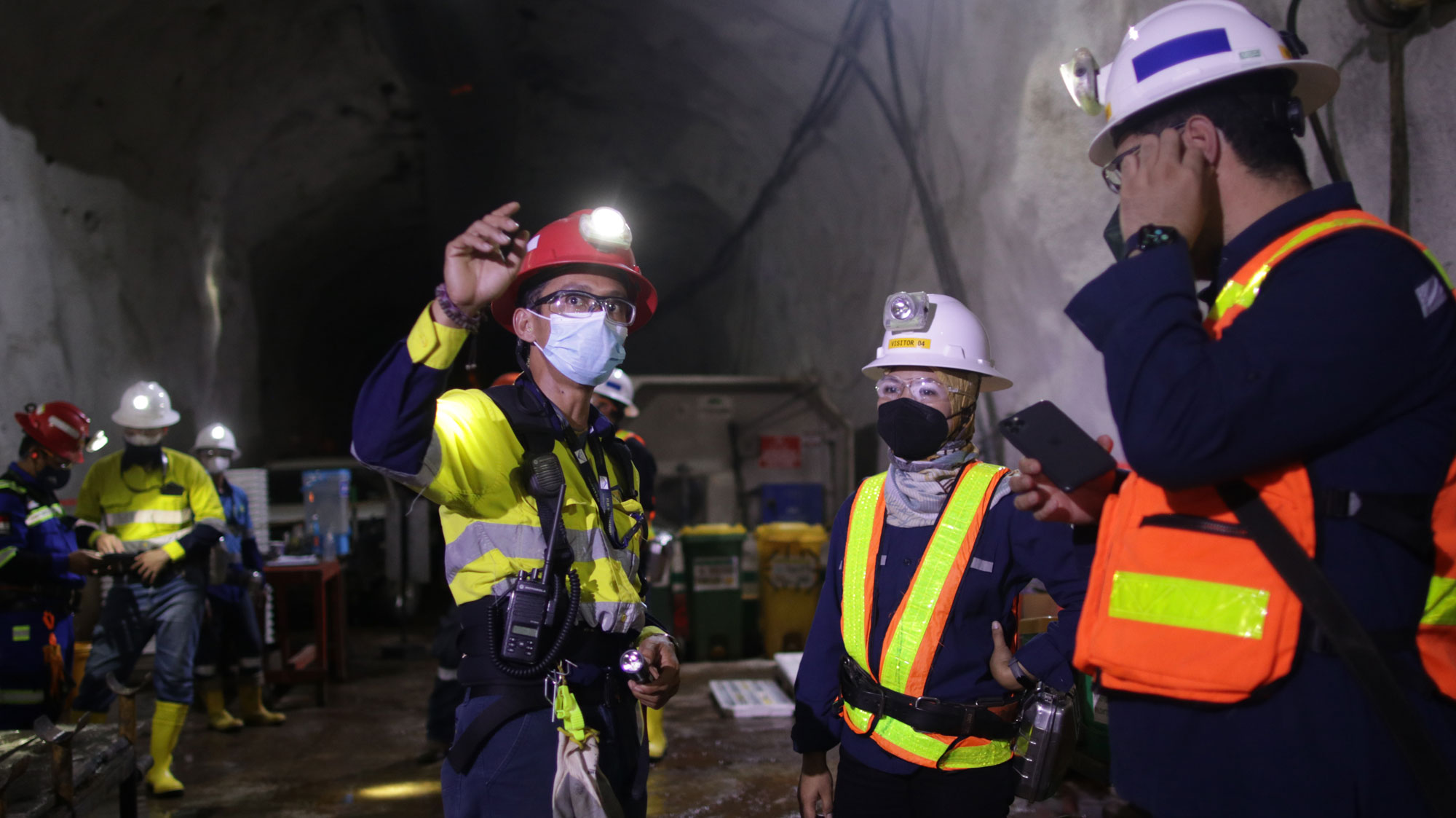
By having these potential areas, Geology Manager BSI, Suyud Nugroho, believes that the company should be able to increase further exploration because this activity is the key to the sustainability of the mining company. For further exploration to be in line with the company’s vision, mission, and business development, there must be adequate human resources and equipment. “We must be able to manage old data with the help of the latest geological software,” said Suyud.
In addition, according to Suyud, companies must dare to invest their capital in human resource development. The ability of employees must be improved. Merdeka geologists need to conduct site visits to other mining areas outside Merdeka to add insight and experience. “Independence must ensure that it has a competent and certified geologist,” said Suyud.
Underground mining is the future of BSI and Merdeka. The porphyry reserves in Tujuh Bukit are massive, inferred ore resources reaching 1.9 billion tons and containing 8.7 million tons of copper and 28 million ounces of gold. Since 2018 until now, studies have been carried out on this potential. The tunnel has been built 1,800 meters long. Through this tunnel, the company takes rock samples for analysis. The drilling depth reaches 1,000 meters. “Currently it is still a pre-feasibility study,” said M. Hafid Rahadi, BSI Porphyry Study Project Geologist.
Currently, the tunnel depth is considered sufficient. The focus of the work is to collect as much data as possible from the underground. This data will determine the direction of the mining plan in Tujuh Bukit in the future. According to Hafid, there are six rigs from Indodrill currently operating. This number is deemed insufficient so the Underground Mining Department plans to increase it to 12 units next year. The addition of this rig is important because it involves accelerating data collection. The sooner the data is obtained, the sooner the project can reach the next stage, namely the feasibility study.
Albert Saputro believes that Merdeka will definitely survive and continue to grow because it has good and productive assets, can increase production competitively, and can reduce operating costs. “A very profitable example is the use of the heapleach method which makes production costs relatively low compared to other gold mines,” he said.
In addition, Merdeka, through the Wetar Copper Operation, is arguably the only company that exports copper, not as a concentrate that still needs to be reprocessed, but as copper plate. “That way the selling value becomes high,” said Albert. “Practically, copper from Wetar is a finished product. The copper plate can be directly processed, melted for various purposes as needed.”
Another reason that makes Albert confident is that Merdeka is always looking for the best people to manage every mining operation. That’s why there are projects that are self-operated and some are partnered. Because Merdeka has experience in the Seven Hills Operation, for example, everything can be handled by himself. However, for AIM Projects, the best option is to join the experts.
The best people that Merdeka recruits are not limited to those who work in the technical field. According to Titien Supeno, Director of Human Resources at Merdeka, the company has dedicated and capable employees. “That’s a big capital for the company to grow better,” said Titien.
